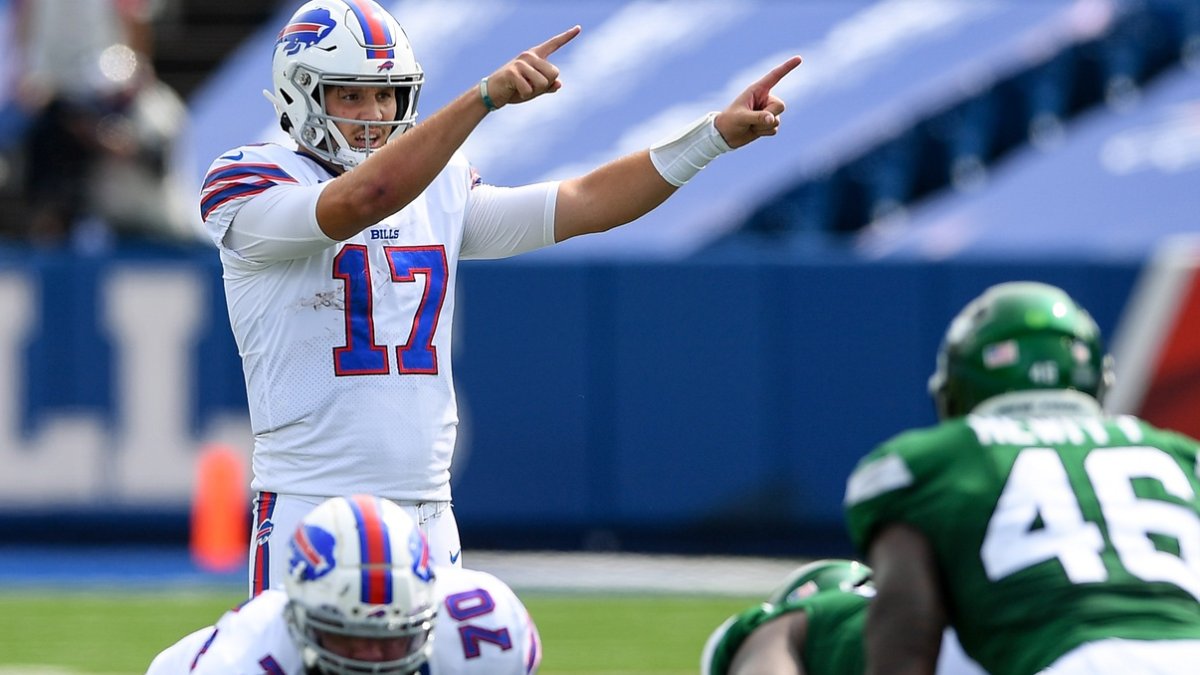Welcome to the first week of the expected fantasy football points report! This will be a weekly staple going forward during the fantasy football season. The goal is to leverage PFF’s expected fantasy points model based on a player’s usage and determine if their performance is real, a mirage or due for a bounceback.
In case you missed the primer last week, here is a quick rundown.
What variables are included in expected fantasy points?
The short answer is: It depends. PFF’s expected fantasy points model was developed by our data scientists to capture as much signal as possible. To do that, fantasy points can be projected higher or lower given the circumstances.
Was the receiver in a contested-catch situation? We are less likely to say that they will gain yards after the catch. So, if a player catches a contested ball, sheds a tackle and runs into the end zone, the player's actual fantasy points scored will then be much higher than his expected fantasy points (xFP).
For rushing plays, we use questions such as: How many yards to the first down marker? What yard line are they starting from? Was it a quarterback scramble or a designed run? There are many facets of the game that have a direct impact on how meaningful a target or rush attempt was.
Using this model, we can catch player-level signal, and it presents itself in two ways:
-
- Good players who consistently outperform expectations.
- Players who underperform based on either luck or tough defense.
Looking at 2019, xFPPG and FPPG were highly correlated with the season. Each of the four main fantasy positions has an R-squared of around 0.96, which gives us some minor improvement over raw targets, touches or pass attempts per game.
Quarterbacks

Exclusive content for premium subscribers

WANT TO KEEP READING?
Dominate Fantasy Football & Betting with AI-Powered Data & Tools Trusted By All 32 Teams
Already have a subscription? Log in




 © 2025 PFF - all rights reserved.
© 2025 PFF - all rights reserved.